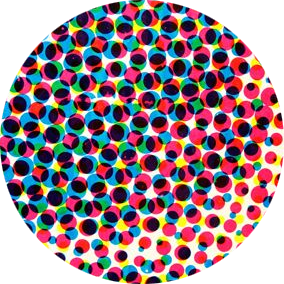Revisting “Savage She-Hulk”

She-Hulk’s debut in “Savage She-Hulk” (1980-82) is not as fondly remembered as other iterations. But the series is worth re-examining in its historical context and because it can help us understand fundamental conflicts that continue to influence the character. 1/10




First, consider the different adjectives that are used to describe the characters. She-Hulk is “savage,” suggesting de-evolution. Whereas the Hulk is “incredible,” invoking the super-scientific source of his powers. He is a technological marvel; she is an atavistic one. 5/10

Through her name, She-Hulk is also marked as gendered in a way the Hulk is not. She is a deviation of the “norm” who is also derivative of the norm. Like Eve created from Adam’s rib, She-Hulk is created from part of Bruce, in the form of a blood transfusion. 6/10

We can also consider the respective settings of these covers. The Hulk is on a sparsely populated military base. She-Hulk is in a densely populated urban setting. One possible reading of this difference: the Hulk is a scientific problem; She-Hulk is a social problem. 7/10

Finally, let’s talk about bodies. Bruce transforms into a monstrous mountain of muscles while Jen becomes “super female,” with more pronounced breasts, fuller hair & longer nails. The Hulk is Frankenstein’s monster; She-Hulk resembles Raquel Welch in “One Million Years BC.” 8/10

Some of the initial differences between the Hulk & She-Hulk can be explained by simple sexism. Yet monsters are never simply anything. As Samantha Langsdale & Elizabeth Rae Coody discuss, monstrous women embody both fear & desire, their deviance both embraced & condemned. 9/10

Significantly, toward the end of Savage She-Hulk, Jen embraces her monstrousness, becoming increasingly comfortable in her green form. This can signal a more empowering depiction of gender deviance—a dynamic we’ll revisit as we discuss further evolutions of She-Hulk. 10/10
